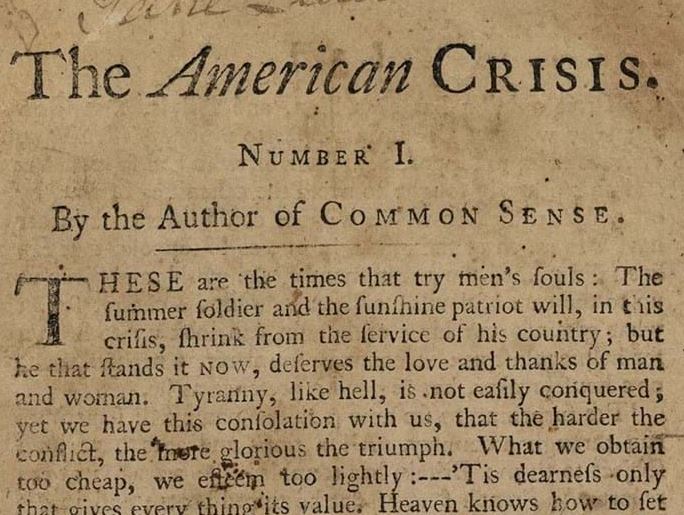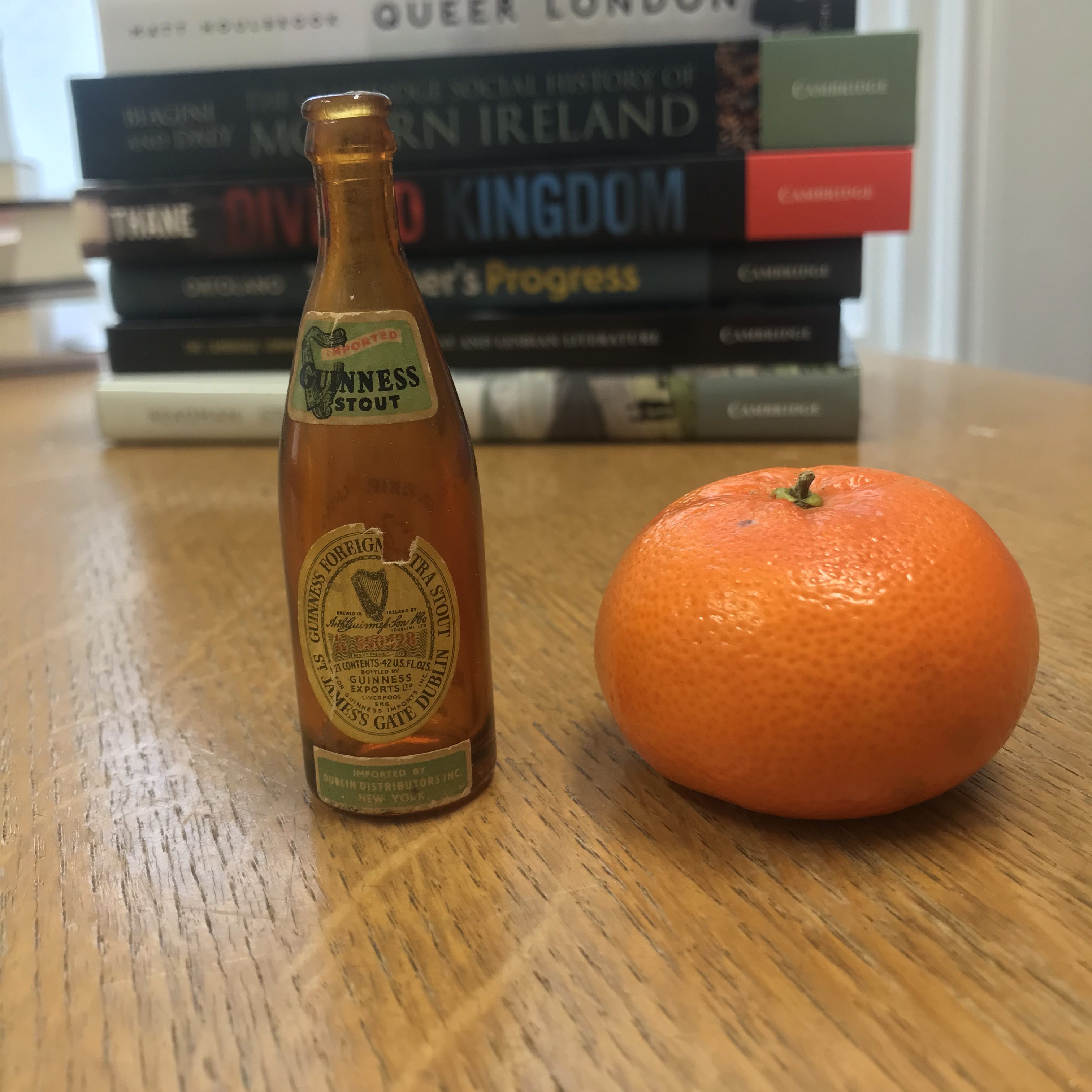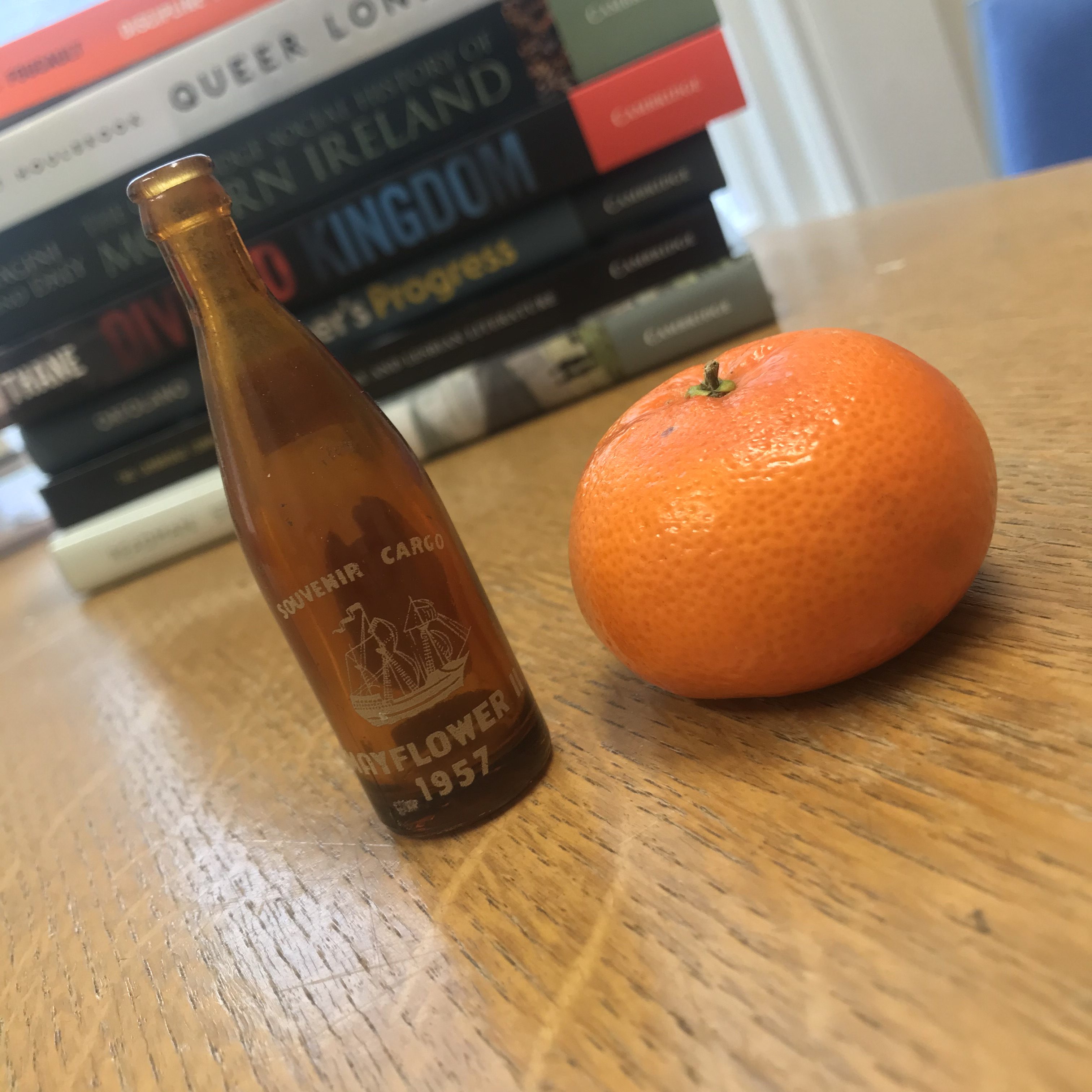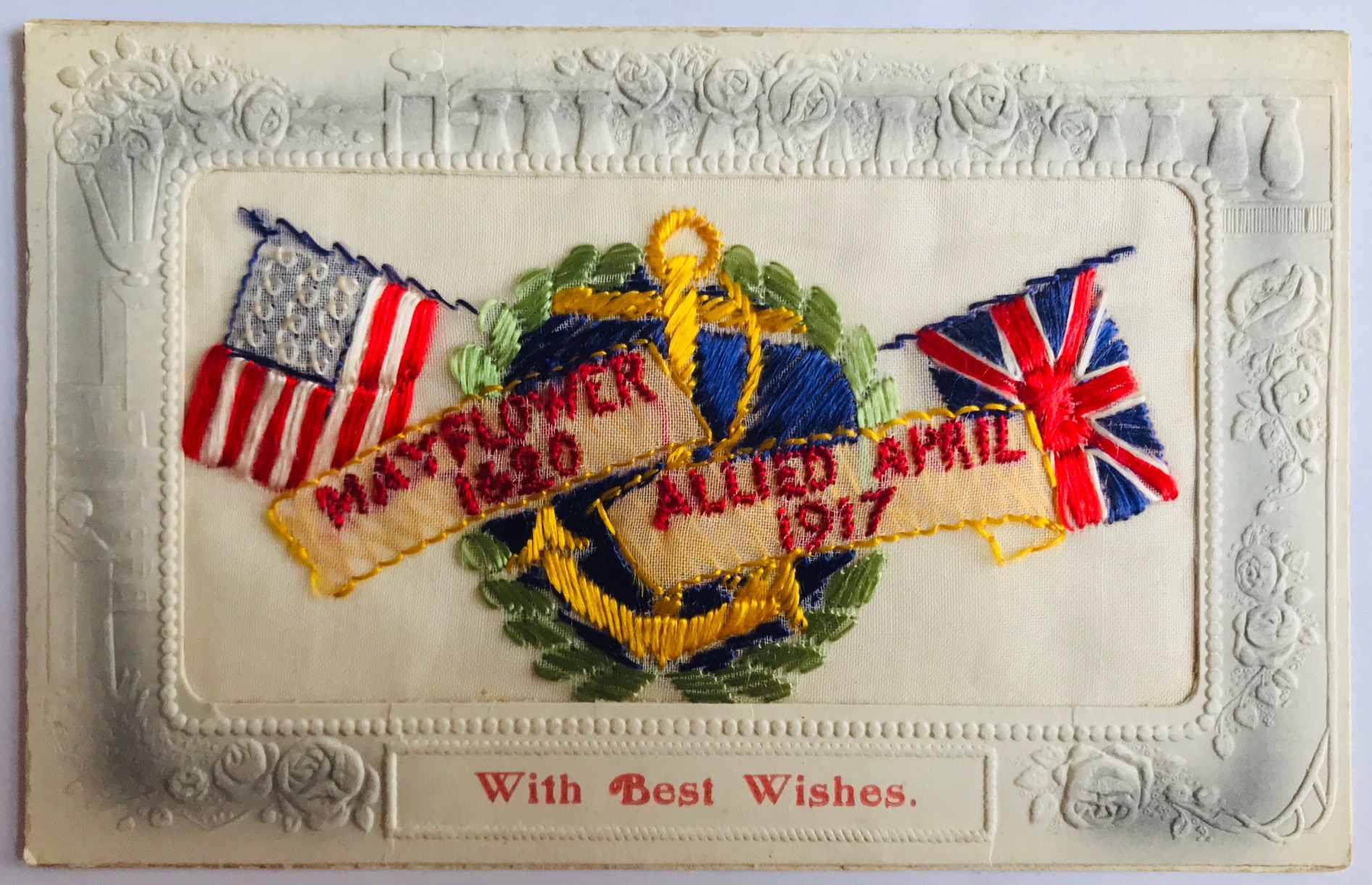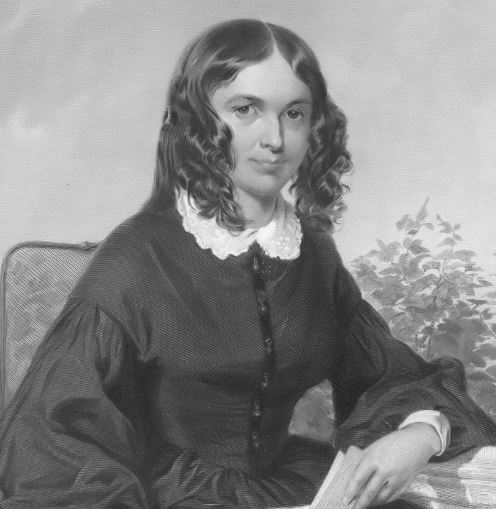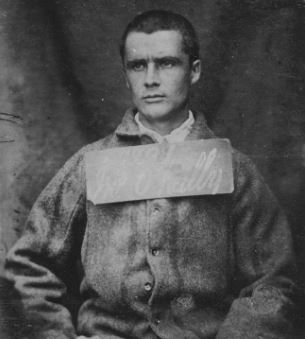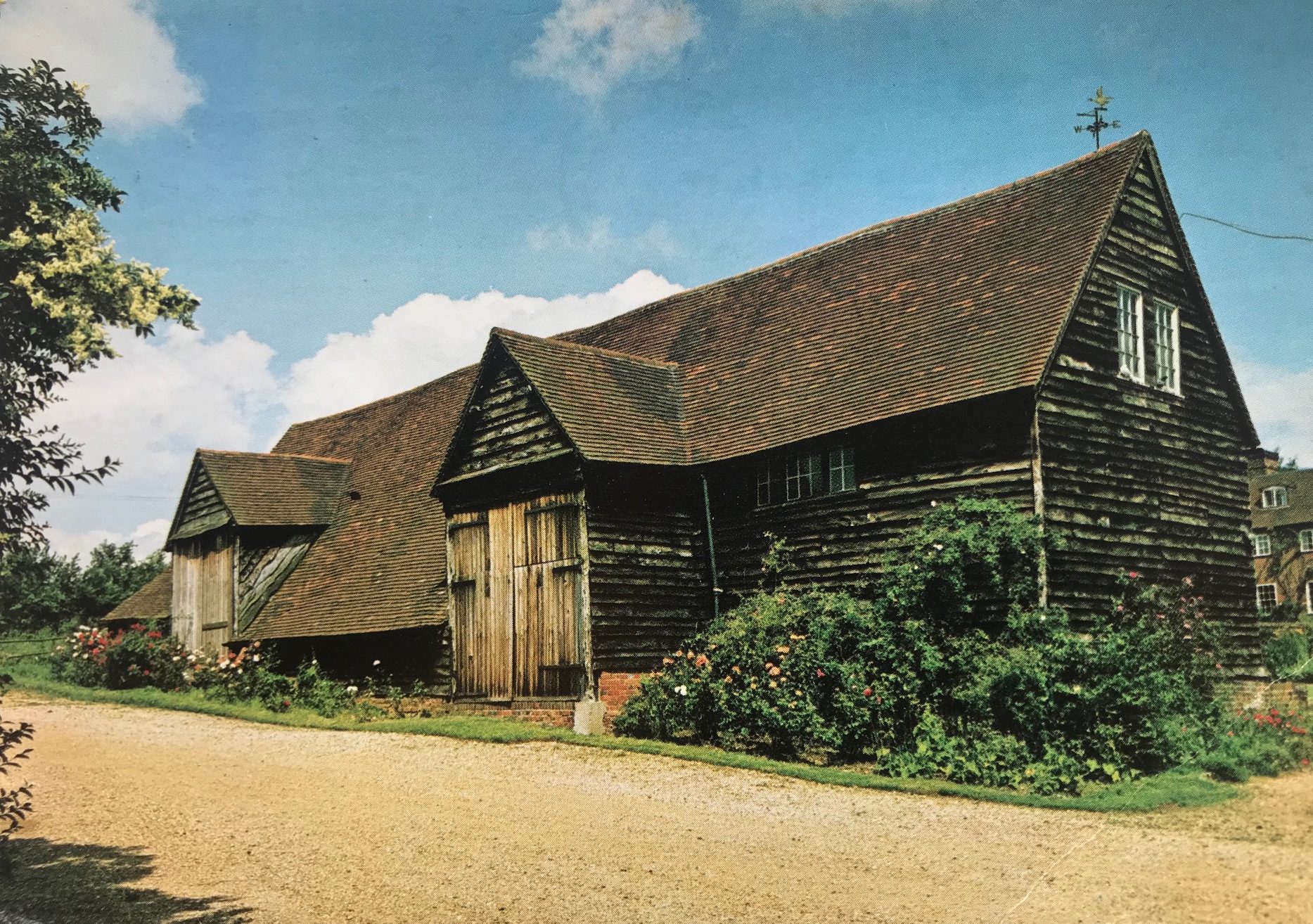Memories of the Mayflower in Britain have taken many forms – from paintings and novels to poems and plays. One of the rarer but more long-lasting methods of commemoration are statues and monuments. Dotted around the urban landscape, these structures reflect a lot about what British society – both local and national – thought, at a certain time, was important about the past. Today, these can seem like simple curated objects: through their symbolism and accompanying plaques they tell the story of their makers. But, if we dig down a bit deeper into the documents and local press of the period, we can often find a different angle – and, in this case, one that suggests the Pilgrim Fathers could have both positive and negative meanings to local people.
The most impressive of all the Mayflower monuments (pictured below) was put up in Plymouth, Massachusetts, in 1889. Formerly known as the Pilgrim Monument but today the National Monument to the Forefathers, it was fashioned from solid granite and is a massive 25 metres tall. ‘Faith’ stands in the middle, clutching a bible and pointing to the heavens, surrounded by figures representing Morality, Law, Liberty and Education. This built evocation of Mayflower mania, coming at a time when interest in the Pilgrim Fathers was growing on both sides of the Atlantic, seems to have started the trend for monuments. Plymouth had the first in Britain: a simple granite block carved ‘Mayflower 1620’ and set into the ground near the supposed ‘Mayflower Steps’ once trod by the Pilgrims. Continue reading

